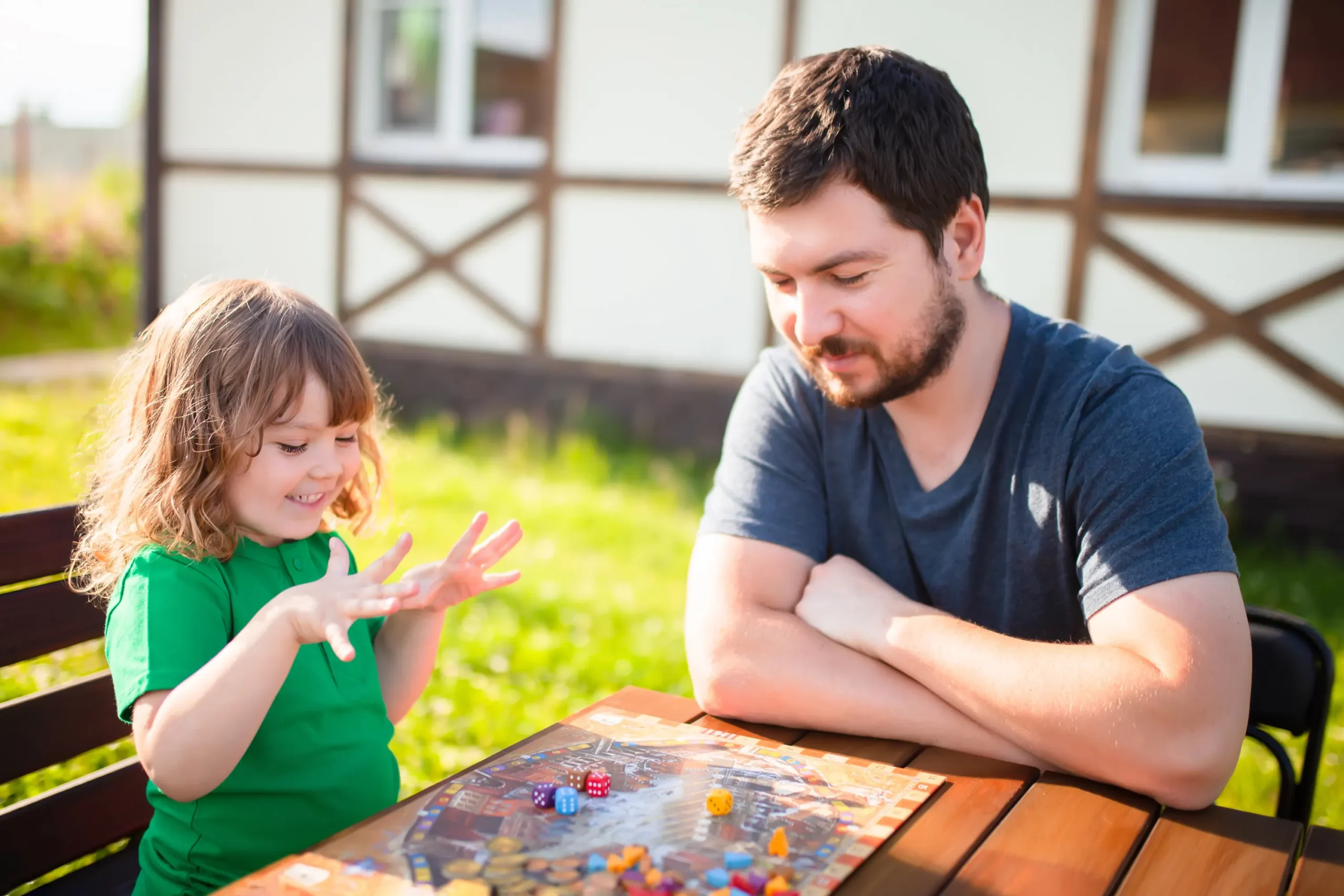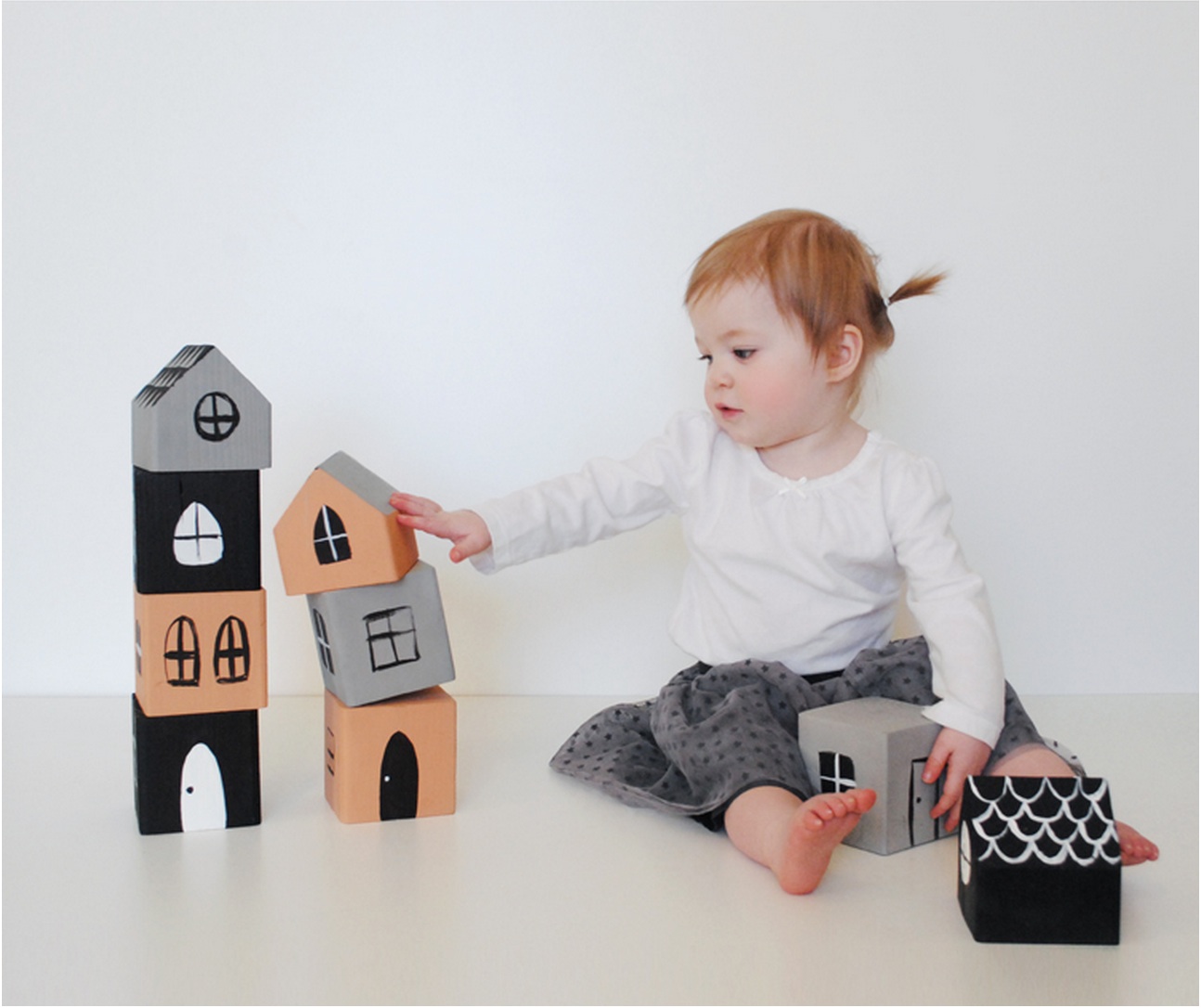
Talking About Cyber Safety: Tips on Discussing Cyber Safety With Your Children
Children and adolescents have grown up in an era where technology is seamlessly woven into the fabric of their lives. The integration of technology into the education system and classrooms has presented them with a plethora of opportunities to become technologically literate from an early age. Unlike older generations, who might draw a distinct line between their online existence and their “real” life, many children today don’t perceive such a demarcation. To them, technology is not a separate entity but an integral part of life itself.
In our daily lives, we continually guide our children through new experiences, set expectations, and teach them how to navigate the intricacies of the world. Yet, when it comes to technology, there seems to be a gap in our approach. Just as we provide guidance and support in the physical world, we should extend the same level of care and attention to our children’s digital lives. After all, it’s in the online sphere where they spend a significant portion of their time, communicate with friends, and access vast amounts of information.
For most parents, the primary online concerns revolve around content, contacts, and citizenship. “Content” pertains to the material and information that your child is exposed to while using digital devices. This includes the websites they visit, the apps they use, and the media they consume. It’s crucial to ensure that the content aligns with your family’s values and is age-appropriate.
“Contacts” refer to the individuals your child interacts with in the online world. Understanding who they are communicating with, whether it’s friends, acquaintances, or strangers, is essential for their safety and well-being. Encouraging open and honest conversations about online friendships can help you ensure that your child is making safe and responsible choices.
“Citizenship” involves teaching your child about responsible digital behavior. Just as we expect them to exhibit good manners and respect in the physical world, they should understand the importance of digital etiquette, cyberbullying prevention, and being a responsible online citizen. This includes respecting others’ privacy, being kind, and using technology in a way that contributes positively to the online community.
Navigating these complex issues can indeed be challenging. The ever-evolving landscape of digital tools and platforms can make it daunting for parents to keep up. However, open communication, staying informed about the latest online trends, and using parental control tools can aid in addressing these concerns effectively. It’s not just about protecting our children online but also helping them thrive and make the most of the digital opportunities that await them in our increasingly interconnected world.
One of the easiest ways to gain a better understanding of online safety is to start a conversation with your family about what cybersafety and digital citizenship are. Defining these terms and learning a common vocabulary surrounding the topic is always a good starting point. Cyber Citizens include anyone using the internet, regardless of age and Cyber Citizenship refers to the responsibilities that one has while online. This includes topics such as respecting others online, using social media appropriately, and understanding the risks of using online platforms. Cyber Safety refers to ways that one can use technology and the internet safely to prevent harm. Simply talking about these terms and defining them as a family is a great way to open the conversation.
Making conversations a part of your daily routine as a family will allow your children to have opportunities to share their experiences online. Not only is this normalizing talking about cyber safety, but it’s also building trust and openness to have deeper conversations if something happens online that your child is a part of. Another great way to open these conversations as a family is by engaging in online content with your child. Sitting next to your child while they’re online, watching the videos and games they’re playing, and being a part of the conversation is a good place to start. If your child has social media, create an account yourself and be a part of it with them. Not only is this a great way to talk about what’s happening online, but it’s also a great way to monitor what your child is seeing/posting. When your child does see something online that is inappropriate or makes them uncomfortable, asking them what they saw and how it made them feel is an easy way to start the dialogue and make plans for how they are going to handle it or respond to it in the future.
Setting up family norms or rules is another good way to open the conversation. This can be done as a family and should be developmentally appropriate for different ages. Setting boundaries such as what apps, games, and platforms they are allowed to have, when and how often they can access technology, account and privacy settings, and where devices are stored when not supervised are all things to consider when thinking about cyber safety. An example could be that all devices go on their chargers in the living room or kitchen each night and aren’t allowed overnight in rooms. Whatever best fits your family’s lifestyle, beliefs, and values, talking about it and creating common rules or norms is a good conversation starter, especially if you include the whole family in the process and develop them collaboratively.
Teaching critical thinking and problem-solving skills is also a great way to keep kids safe online. There is a wealth of misinformation on social media and online platforms. Talking with kids about reliable resources and where they get important information is crucial. One example that we talk about as part of the health curriculum in school is reliable places to get health information. We reiterate to students repeatedly that social media or friends online are not reliable sources of information and we brainstorm with them sources that are such as doctors, school nurses, and trusted adults.
Some barriers that might prevent these conversations include kids being fearful of being punished and feeling ashamed or embarrassed of how they are behaving or what they are seeing online. It may be uncomfortable for them to talk with you about what they’re seeing, which is why starting conversations about online safety and making it a part of the daily conversation while kids are young sets a foundation for having more challenging conversations. As an adult, it is important to try and keep a non-judgemental attitude and be actively listening to what they’re sharing, even if it is upsetting to hear. Your reaction to them sharing will either make them feel safe to share more and open up, or could cause them to shut down in the conversation.
Ultimately, we want kids to feel safe talking to trusted adults about what they are seeing online, make it part of daily conversations, discuss family norms, values, and beliefs surrounding the use of technology, and foster critical thinkers and problem-solvers. Teaching and guiding kids needs to extend to digital citizenship and cyber safety in all households, especially as technology continues to change and advance quickly.




